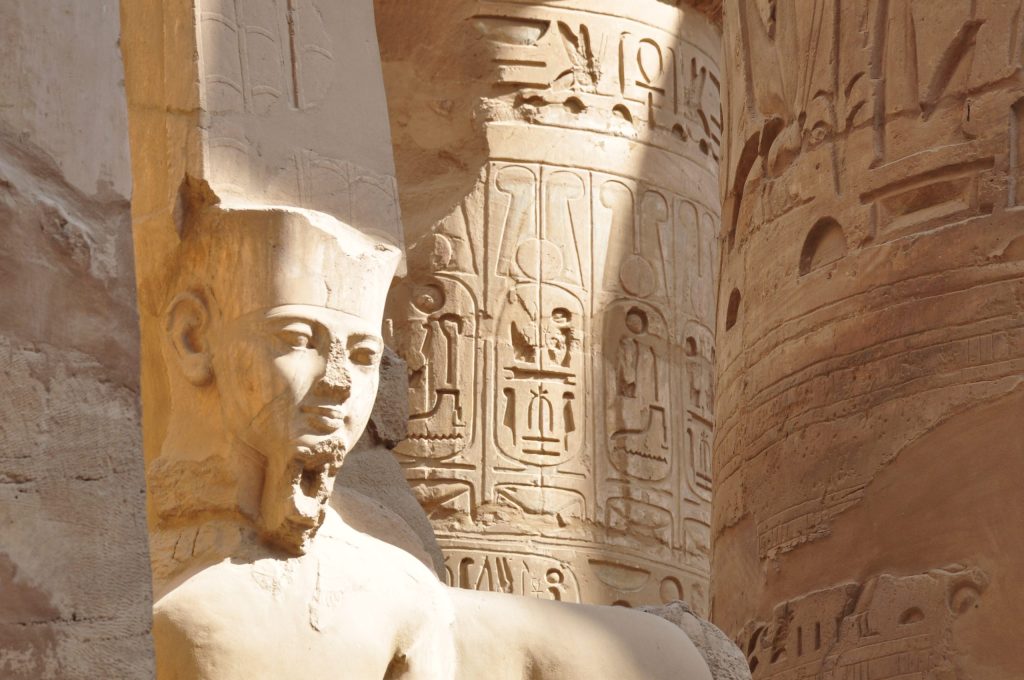What Were The Main Cities of Ancient Egypt?
1What Were The Main Cities of Ancient Egypt? Main Cities of Ancient Egypt: Capitals, Temples, and Trade Centers
When we think of Ancient Egypt, pyramids and pharaohs often come to mind, but its great cities tell an even deeper story. Ancient Egyptian City Names, land of thriving cities that for thousands of years sculpted one of the greatest world civilizations, ancient Egypt had in its domain. These urban settlements were more than mere places to live-they acted as strong political centers, sacred religious sanctuaries, and vibrant trade-hubs where Egypt stood connected to Africa, the Mediterranean, and the Near-East.
From Memphis, the very first royal capital and the administrative heart of the Old Kingdom, through Thebes, the religious heart with its magnificent temples, down to Alexandria, the intellectual pole of the Greco-Roman world city spread its role into history in a different way. Through their monuments, their temples, and their market-places, the people who lived along the Nile tell us stories of their daily existence, of their faith, and of their ideals-and there is every reason to look into the lives of the great cities of Ancient Egypt if one hopes to make a more independent glimpse into the grandeur of the pharaohs and the enduring legacy of a civilization that continues to inspire wonders even today.
1. Political Capitals of Ancient Egypt
With changes in political centers, dynasties emerge whose capitals could lie in certain cities. Memphis, originally set up by King Narmer, became the seat of administration and a religious seat during the Old Kingdom due to its strategic location in the vicinity of the Nile Delta. Later, Thebes, with its magnificent temple complexes of Karnak and Luxor, emerged to become the great city of the New Kingdom. Akhenaten, in his turn, built Amarna (Akhetaten) briefly as a capital for his Aten worship. Further north, Pi-Ramesses had become the military and political center of the Delta under Ramesses II. These political centers reflected the will, religion, and shifts of power of their respective rulers.
2. Religious and Cultural Centers
Political centres shifted in Ancient Egypt, some cities becoming capitals at a given time. Memphis, established by King Narmer, was the administrative and religious capital of the Old Kingdom, strategically placed in the Nile Delta. Thebes rose to great potentiality in the New Kingdom period, with its grandiose temples at Karnak and Luxor. Akhenaten turned Amarna (Akhetaten) into the capital for a while in his worship of the Aten, the solar disk. Pi-Ramesses to the north became the military and political center of the Delta by the establishment of Ramses II. Political centres mirrored the wants, religious ideas, and changes in power of their rulers.
3. Trade Hubs and Lasting Legacies
Since cities wane and wax with traffic, few trade emporiums brought their marks upon Egypt’s worldwide connections. Alexandria served as a Mediterranean harbor and trading center, founded by Alexander the Great, and provided shelter to the legendary Library and Lighthouse. Elephantine, opposite Aswan, was another city that continued to profit from trade and military importance.
Situated in the Delta, Tanis ascended to pay respect to its rank as the capital of the 21st Dynasty, before entering the annals of archaeology with the discovery of intact royal tombs. Naucratis was a Greek emporium worthy of a greater cultural mixture between Egypt and the Hellenic world, while Canopus was famed for healing sanctuaries along the coast. The port city under the waters that once dominated the Nile trade was Heracleion. And, Giza and Saqqara remained prime necropolises, proudly stating the power of Egypt through its pyramids, tombs, and monuments. All these cities, therefore, stand proof to the fact that Egypt thrived both as a commercial superpower and as a timeless civilization.







